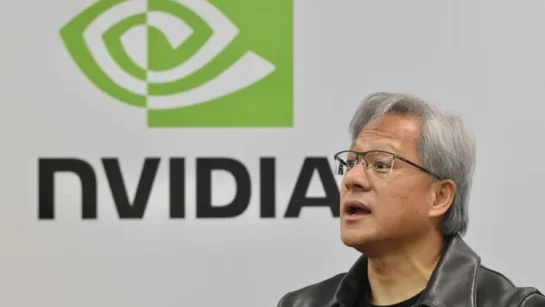Company Charts
Company financials
Company Profile
UnitedHealth Group: An Overview
Introduction
UnitedHealth Group (UHG) is a diversified healthcare company based in the United States, known for its extensive network of services in the healthcare sector. Founded in 1977, UHG has grown to become a leading player in the healthcare industry, offering a broad spectrum of health care products and insurance services. This article delves into the financial history, board of directors, and major stakeholders of UnitedHealth Group.
Financial Data and History
Growth and Expansion
UnitedHealth Group has demonstrated significant growth since its inception. The company’s strategy of expanding through acquisitions and diversifying its services has played a crucial role in its financial success.
- Revenue Growth: In 2023, UHG reported revenues of $324.2 billion, reflecting a steady increase from previous years. This growth has been driven by the expansion of its UnitedHealthcare and Optum segments.
- Net Income: The net income for 2023 stood at approximately $20.6 billion, showcasing a robust profit margin that underscores the company’s efficient operational strategies and cost management.
Financial Milestones
- IPO and Early Growth: UHG went public in 1984. The capital raised allowed for rapid expansion and diversification.
- Acquisitions: Key acquisitions such as PacifiCare Health Systems in 2005, Catamaran Corporation in 2015, and Surgical Care Affiliates in 2017 have significantly boosted UHG’s market presence and revenue streams.
Key Financial Indicators
- Earnings per Share (EPS): For 2023, the EPS was reported at $21.40, up from $18.50 in 2022, reflecting the company’s strong profitability.
- Dividend Payout: UHG has a history of returning value to shareholders through dividends, with the 2023 dividend payout ratio being approximately 28%, indicative of a healthy balance between rewarding shareholders and retaining earnings for growth.
Board of Directors
UnitedHealth Group’s board of directors is composed of a diverse group of experienced professionals who guide the company’s strategic direction. As of 2024, the key members of the board include:
- Stephen J. Hemsley: Serving as Chairman, Hemsley has been with UHG in various leadership roles since 1997.
- Andrew Witty: CEO and Director, Witty brings extensive experience in the global healthcare industry, having previously served as CEO of GlaxoSmithKline.
- John H. Noseworthy: Former President and CEO of Mayo Clinic, Noseworthy’s expertise in healthcare management adds significant value to the board.
- Michele J. Hooper: Known for her leadership in corporate governance and financial oversight, Hooper chairs the audit committee.
The board’s collective expertise in healthcare, finance, and corporate governance positions UHG for sustained success and innovation.
Major Stakeholders
Institutional Investors
UnitedHealth Group’s major stakeholders primarily consist of institutional investors who hold significant portions of the company’s shares. As of the latest reports:
- Vanguard Group: One of the largest stakeholders, holding approximately 8% of UHG’s shares.
- BlackRock, Inc.: Another major institutional investor, with about 7% ownership.
- State Street Corporation: Holds around 4.5% of the company’s shares, making it a significant stakeholder.
Insider Holdings
- Stephen J. Hemsley: As a long-serving executive, Hemsley holds a substantial number of shares, aligning his interests with those of other shareholders.
- Andrew Witty: The CEO also holds a notable share position, reinforcing his commitment to the company’s long-term success.
Conclusion
UnitedHealth Group’s impressive financial trajectory, robust board leadership, and significant institutional backing underscore its strong position in the healthcare industry. With a strategic focus on expanding its service offerings and maintaining operational excellence, UHG is well-positioned to continue its growth and deliver value to its stakeholders. The company’s ongoing investments in technology and innovation are likely to drive future success, ensuring that it remains a leader in the evolving healthcare landscape.
For more information on UnitedHealth Group, including live stock prices, news, and detailed financial data, please visit their official website: UnitedHealth Group.
Company News




 Intel
Intel


